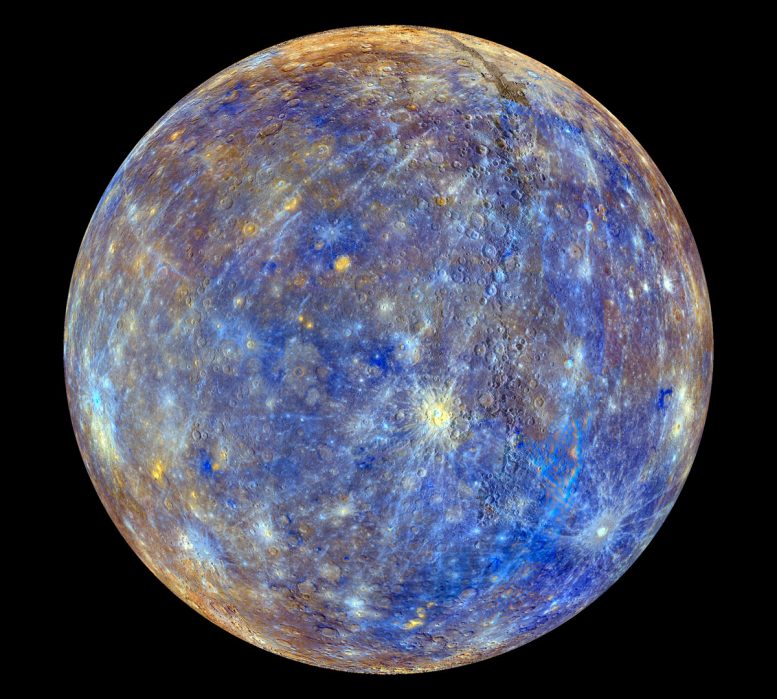
This colorful image of Mercury was created using images from the color base map imaging campaign during MESSENGER’s primary mission. These enhanced colors highlight the chemical, mineralogical, and physical variations in Mercury’s surface, not visible to the human eye. Credit: NASA/Johns Hopkins University Applied Physics Laboratory/Carnegie Institution of Washington
This NASA image of the day shows a multi-colored Mercury using color to enhance the differences between the rocks that make up Mercury’s surface.
Colors of the Innermost Planet
This colorful view of Mercury was produced by using images from the color base map imaging campaign during MESSENGER’s primary mission. These colors are not what Mercury would look like to the human eye, but rather the colors enhance the chemical, mineralogical, and physical differences between the rocks that make up Mercury’s surface.

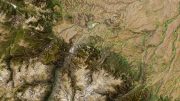
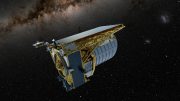
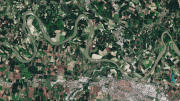
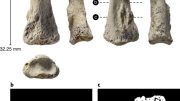




A fantastic panaromic sight indeed. There seems to be a fissure near the northern pole which is rather geometric in shape probably suggesting the tectonic plate fissures which are common in all spherical heavenly planets.The fissures should have been enhanced by a heavy meteoric fall near the site probably. Moreover the barren rocks which are igneous rocks mostly were prompted by several volcanoes in the past spewing out magma. The planet mercury is almost naked just like our moon, because of the hottest atmosphere near the Sun driving out all the gases. No cloud formation as in the case of Venus is possible. Water could have existed in the poles now either submerged as under-ground storage or evaporated away. After all it is the heavenly dance of comets which brought all the meteors and water to the members of the solar system. Even if the planet is Mercury is nearer to the Sun, the way it is gravitationally locked to the Sun for some time (and now actually it is in the reverse gear of spinning) and the alignment of Poles away from the Sun’s rays permanently should have contributed to the early collection of water and probably rivers and oceans in the distant past. The high density of meteoric impact on the planet’s surface suggests that the planet has borne the brunt of all the meteors from Oort the Cloud, i.e., through the cometary journeys innumerable, before impacting on the Sun finally.Thank You.